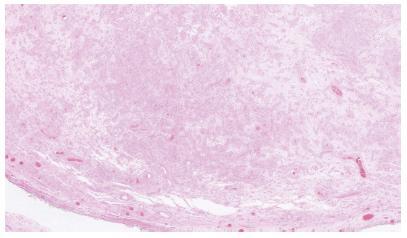Summary
Revista Brasileira de Ginecologia e Obstetrícia. 2021;43(2):145-147
Transmediastinal gunshot wounds (TGWs) may lead to life-threatening injuries of vital organs such as large vessels, the esophagus, and lungs. Although they are not commonly encountered in pregnant women, additional caution should be given to these patients. Physical examination for the diagnosis and the choice of treatment modality contain controversial points in hemodynamically stable patients, and resuscitation has excessive importance due to physiological changes in pregnancy. We present a hemodynamically stable 26-week pregnant woman brought to the emergency department for TGW. She had a 1-cm diameter of bullet entrance hole on the right anterior 4th intercostal space, 2 cm lateral to the sternum, and a 3-cm diameter exit hole on the right posterior 12th intercostal space on the midscapular line.With our conservative approach, she had an uncomplicated pregnancy period, and gave birth to a healthy baby at term.
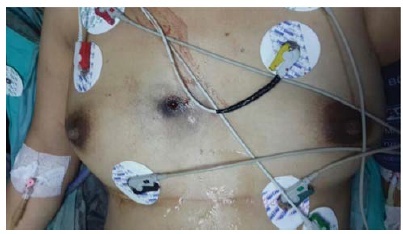
Summary
Revista Brasileira de Ginecologia e Obstetrícia. 2021;43(3):225-231
We report a case of ultrasound-guided ex vivo oocyte retrieval for fertility preservation in a woman with bilateral borderline ovarian tumor, for whom conventional transvaginal oocyte retrieval was deemed unsafe because of the increased risk of malignant cell spillage. Ovarian stimulation with gonadotropins was performed. Surgery was scheduled according to the ovarian response to exogenous gonadotropic stimulation; oophorectomized specimens were obtained by laparoscopy, and oocyte retrieval was performed ~ 37 hours after the ovulatory trigger. The sum of 20 ovarian follicles were aspirated, and 16 oocytes were obtained.We performed vitrification of 12 metaphase II oocytes and 3 oocytes matured in vitro. Our result emphasizes the viability of ex vivo mature oocyte retrieval after controlled ovarian stimulation for those with high risk of malignant dissemination by conventional approach.
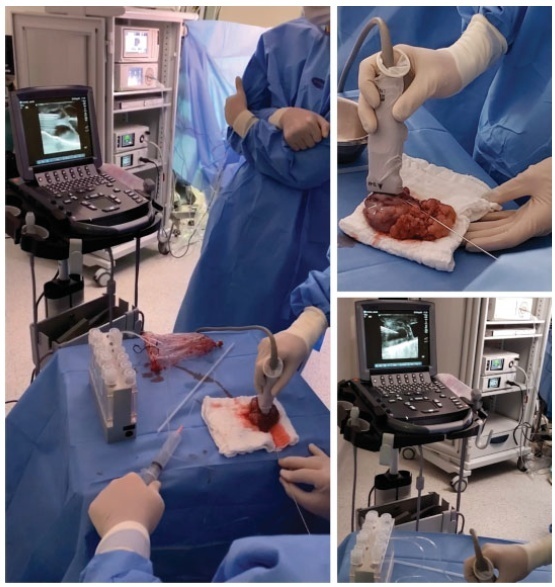
Summary
Revista Brasileira de Ginecologia e Obstetrícia. 2020;42(12):845-848
To verify the efficacy of short-term prophylaxis for vaginal or cesarean section childbirth with plasma-derived C1-inhibitor concentrate in pregnant women. They should have hereditary angioedema (HAE) and normal plasma C1-inhibitor.
Case report of pregnant women diagnosed with HAE with normal C1- inhibitor who had been treated with intravenous C1-inhibitor concentrate for prophylaxis of angioedema attacks when hospitalized for delivery. The exon 9 of the Factor 12 (F12) genotyping gene was performed by automatic sequencing in all patients.
Three cases of pregnant women with HAE with normal serum level of C1- inhibitor are reported. The genetic test detected the presence of a pathogenic mutation in the F12 gene. Deliveries occurred uneventfully and patients had no HAE symptoms in the following 72 hours.
C1-inhibitor concentrate could be useful to prevent angioedema attacks during and after delivery.
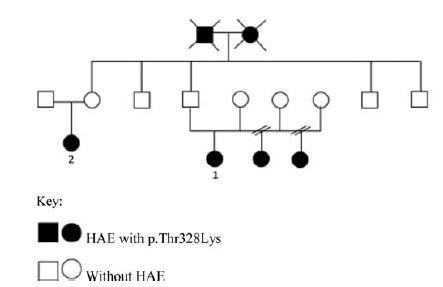
Summary
Revista Brasileira de Ginecologia e Obstetrícia. 2020;42(12):841-844
Primary hyperparathyroidism is an endocrine disorder characterized by hypercalcemia and elevated or inappropriately normal levels of parathyroid hormone. The diagnosis is based on a biochemical evaluation, and a neck ultrasound is the first choice during pregnancy to access the parathyroid glands. Manifestations during pregnancy are rare and can be present with life-threatening complications, so the diagnosis is challenging. The conservative treatment is limited, and there is not enough data about its safety and efficacy during pregnancy. Surgery is the only curative treatment, and a parathyroidectomy performed during the second or third trimesters is considered safe. Recently, some authors suggested an association between primary hyperparathyroidism and preeclampsia. We describe a case of preeclampsia with severe features at 27 weeks of gestational age. The severity of the preeclampsiamotivated an early termination of the pregnancy by cesarean section. During the postpartum period, the patient presented life-threatening complications, such as severe hypercalcemia and acute pancreatitis. An ultrasound exam found two parathyroid nodules, suggestive of parathyroid adenomas. The patient recovered after the pharmacological correction of the calcemia levels.
Summary
Revista Brasileira de Ginecologia e Obstetrícia. 2020;42(11):772-773
Pre-eclampsia (PE) is an obstetric disease with a multifactorial cause that affects ∼ 5% of pregnant women. Vision can be affected with varying severity, and retinal detachment is a very rare complication. It tends to be bilateral, diagnosed postpartum, and more prevalent in women who are primiparous and/or undergo caesarean delivery. The condition typically resolves completely and rarely causes total visual loss in the affected women. Fluorescence angiographic findings support the hypothesis that retinal detachment in PE is secondary to choroidal ischemia from intense arteriolar vasospasm. The present article is related to a case of a 37-year-old pregnant woman who had PE associated with a progressive blurred vision, diagnosed by ophthalmology as serous macular detachment of the retina.
Summary
Revista Brasileira de Ginecologia e Obstetrícia. 2020;42(11):769-771
The placement of a suburethral sling is standard treatment for stress urinary incontinence. The transobturator technique (TOT) emerged as an alternative to minimize the risks of the blind insertion of needles, leading to a lower rate of perforation complications compared with the retropubic approach. We present a case of injury to a branch of the left obturator artery following the placement of a urethral sling using TOT, followed by intense bleeding and hemodynamic instability, which was treated with embolization.
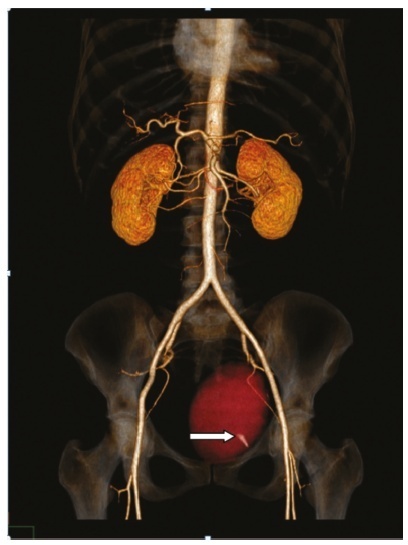
Summary
Revista Brasileira de Ginecologia e Obstetrícia. 2020;42(10):672-675
Wernicke encephalopathy (WE) is an acute neurological disorder resulting from vitamin B1 deficiency, which is common in chronic alcoholism. We report a rare case of WE due to hyperemesis gravidarum in a 25-year-old pregnant patient at 13 weeks and 5 days of gestation. Initially, the disease manifested as weakness, mental confusion, anterograde amnesia, and visual and auditory hallucinations. The diagnosis was established after the detection of suggestive findings of WE in the thalamus by magnetic resonance imaging (MRI) and a rapid improvement in the patient's clinical status subsequent to treatment with thiamine. Hyperemesis is a rare cause of WE, which makes the reported case important in the literature and reinforces the need for attention in clinical practice to rare but important complications of this common condition (hyperemesis gravidarum).
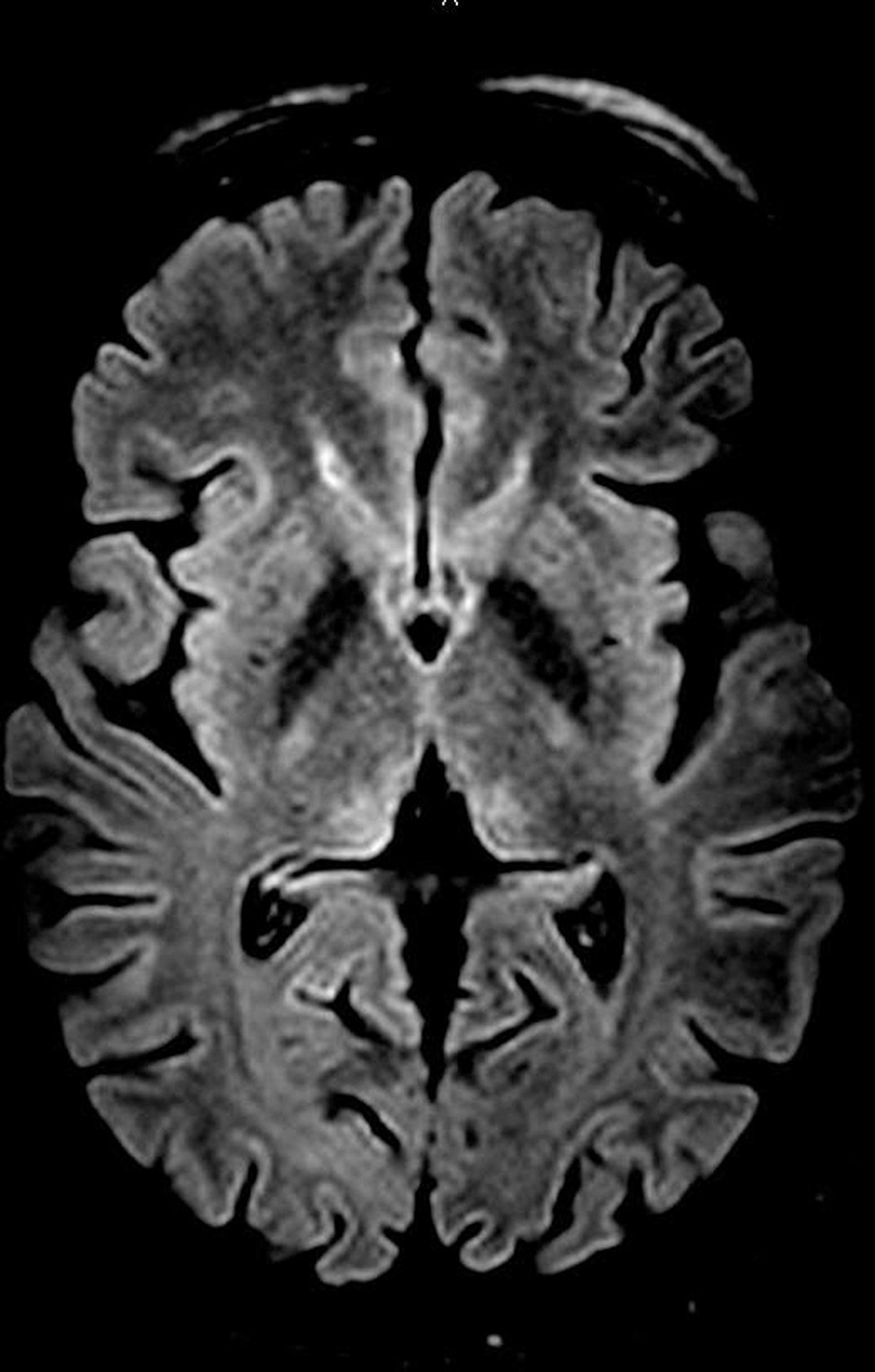
Summary
Revista Brasileira de Ginecologia e Obstetrícia. 2020;42(6):365-368
Cellular angiofibroma (CA)is a rare benign mesenchymal tumor. In women, it occurs mainly in the vulvovaginal region, with vulvar location in 70% of the cases. Its clinical presentation is nonspecific and similar to several other vulvar tumors of different cellular origins. Thus, its histological and immunohistochemical features allow distinction fromother tumors. Cellular angiofibromas have good prognosis, despite some risk of relapse. The authors present the case of a 49-year-old woman with a bulky right vulvar lesion, for which the preoperative diagnosis was a Bartholin cyst, but the histological and immunohistochemical evaluation yielded a CA.
